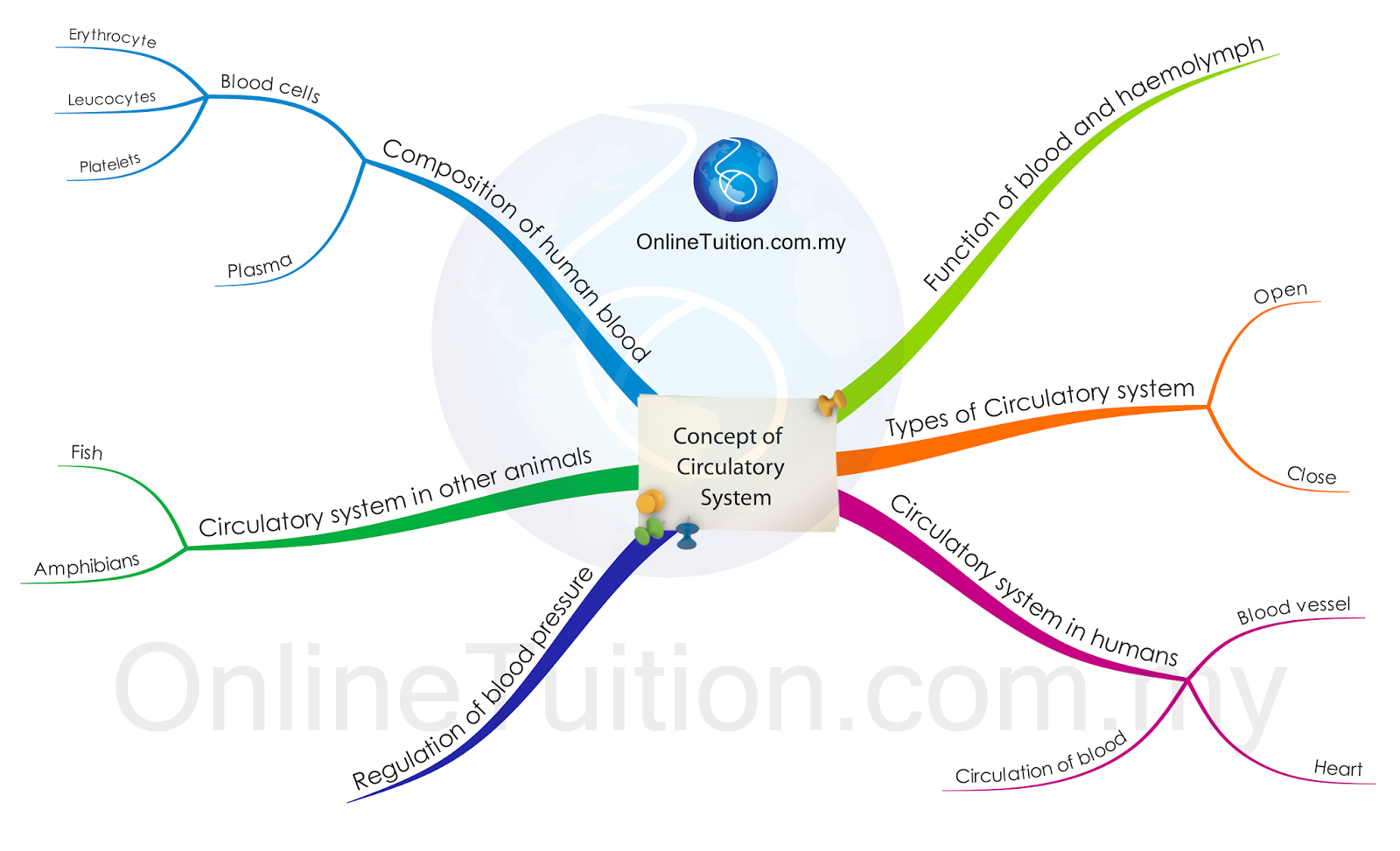Question 1:
Diagram 1.1 and Diagram 1.2 show an experiment to measure the focal length of two convex lenses.

(a) Measure and write down the focal length in Diagram 1.1. [1 mark]
(b) Observe Diagram 1.1 and 1.2.
What is the difference between the focal lengths of the two convex lenses? [1 mark]
(c) State
one inference for this experiment. [1 mark]
(d) State the variables in this experiment.
(i) Constant variable [1 mark]
(ii) Manipulated variable [1 mark]
Answer:
(a) 7.0 cm
(b) The convex lens shown in Diagram 1.1 has a shorter focal length than the convex lens shown in Diagram 1.2.
(c) The thicker a convex lens is, the shorter its focal length will be.
(d)(i) Parallel light rays from a distant object passing through the convex lens.
(d)(ii) Convex lenses with different thicknesses.

